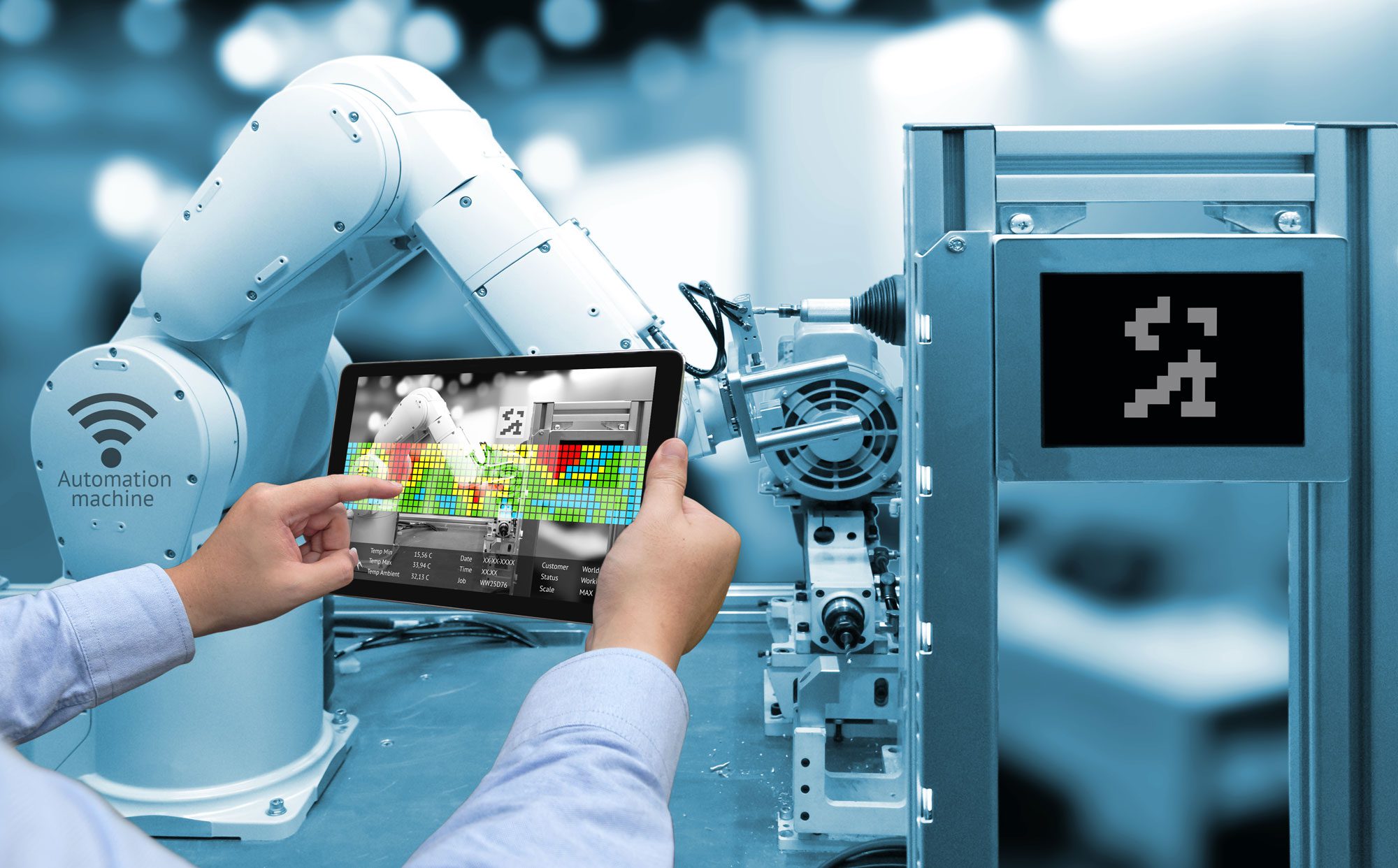The global industrial automation market is anticipated to grow at a considerable CAGR of 7% throughout the forecast period, from US$36 billion in 2021 to US$51 billion in 2026.
The most effective conversion of raw materials to finished goods is made possible by the efficient information flows across various units in the industry, highlighting the significance of the linked enterprise system, a key factor driving the industrial automation market.
The expansion of the industrial automation market can be due to the growing adoption of cutting-edge technology across end-use industries to enhance performance as well as the rising need for real-time data analysis across regions.
Demand for industrial automation solutions is increasing as a result of the importance of predictive maintenance and asset management systems, which give users improved visibility into their equipment status.
The most effective conversion of raw materials to finished goods is made possible by the efficient information flow between various units in the industry, underlining the relevance of the linked enterprise system and boding well for the future trends of the industrial automation market.
Governments all over the world are likely to favor the use of industrial automation solutions since they are concentrating on the growth of processes and distinct industries by introducing several projects and plans backed by investments to increase productivity.
Industrial computing and automation technologies enable manufacturers to have real-time access to plant floor data, which helps them consolidate business data and multi-plant operations and boosts sales of industrial automation solutions.
According to a market study on industrial automation, the industry is anticipated to reach over US$ 51 billion by 2026.
Key Takeaways:
- By sensor, inductive sensors are expected to dominate the market due to automatic welding system and their capabilities such as high mounting flexibility and robust metallic detection.
- By servo, servo motors are expected to grow at the fastest CAGR during the forecast period, as market participants launch new servo motors for automation systems.
- AC motors are expected to see widespread adoption by motor type due to their low maintenance and low cost.
- By industry, the discrete automation industry is likely to lead the market as the sub-segment, automotive and heavy manufacturing industries, is likely to drive the demand for automation solutions.
- By component, the software segment is expected to have a significant market share during the forecast period since it seamlessly allows businesses to streamline their manufacturing processes.
- By hardware, Robots are expected to grow at a rapid pace due to technological advancements and the emergence of Industry 4.0, with market players introducing advanced robots for automation purposes.
- The Middle East and Africa market for PAM and adoption of industrial automation solutions are expected to grow at the fastest rate, as PAM improves decision-making and turnaround time by tracking manufacturing defects.
Competitive Landscape:
The market for industrial automation seems to be very competitive. A strong competitive environment is created by several well-known providers of machine automation technologies.
These market participants invest in cooperation, mergers and acquisitions, partnerships, product and technology launches, and expansion to hold onto their positions.
These tactics help market participants reach their expansion goals and increase their industrial automation market share. They are mostly interested in new developments in industrial automation technologies.
Top industrial automation system integrators will face increased rivalry as a result of the market’s ongoing advances and developments.
Recent Developments in the Industrial Automation Market include:
- Siemens AG and SAP SE have expanded their collaboration to deliver a new service and asset lifecycle management solution. The collaboration aims to connect plant floor operations, remote condition monitoring, and Siemens industrial automation products development via digital twins with original equipment manufacturers to facilitate collaboration across the asset lifecycle.
- Plex Systems, a provider of smart manufacturing solutions, was purchased by Rockwell Automation Inc. for USD 2.2 billion. Plex Systems’ cloud-native smart manufacturing platform will be used to broaden industrial cloud offerings.
Key Segments
By Deployment:
- Industrial Robots
- Machine Vision System
- Process Analyzer
- Field Instruments
- Human Machine Interface (HMI)
- Industrial PC
- Industrial Sensors
- Industrial 3D Printing
- Vibration Monitoring
By Component:
- Supervisory Control And Data Acquisition (SCADA)
- Programmable Logic Controller (PLC)
- Distributed Control System (DCS)
- Manufacturing Execution System (MES)
- Industrial Safety
- Plant Asset Management (PAM)
By End-use Industry:
- Oil & Gas
- Chemicals
- Pharmaceuticals & Medical Devices
- Food & Beverages
- Energy & Power
- Automotive
- Machine Manufacturing
- Water & Wastewater Treatment
- Electronics & Semiconductors
- Metals & Mining
- Others



































